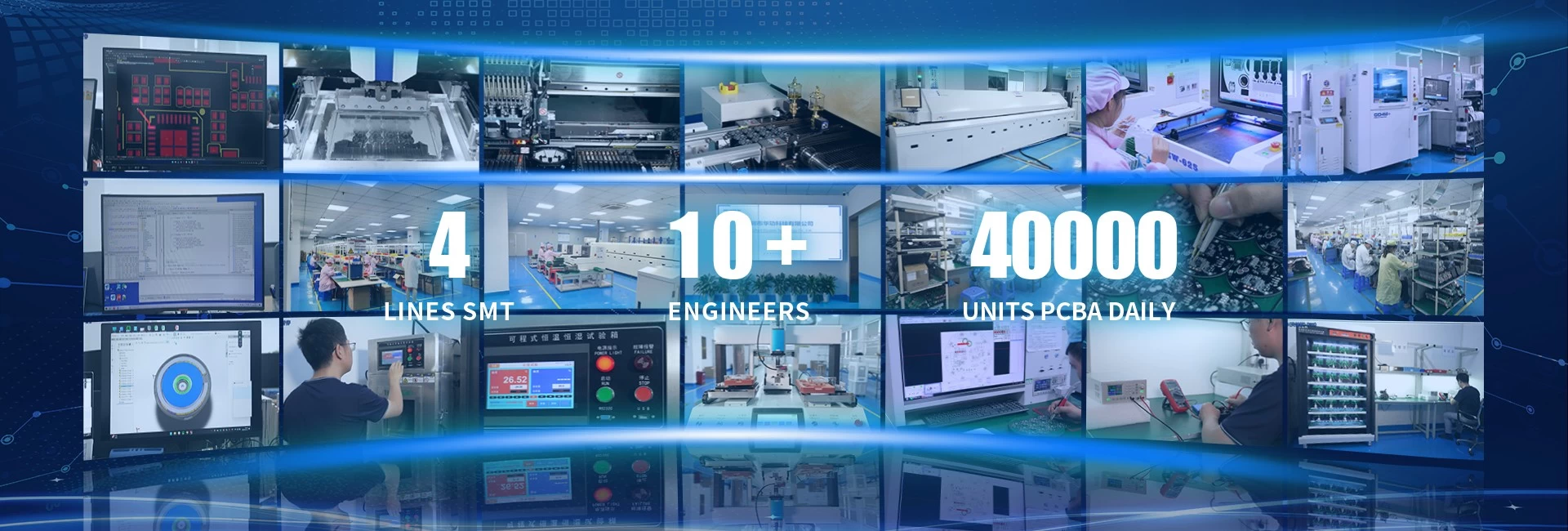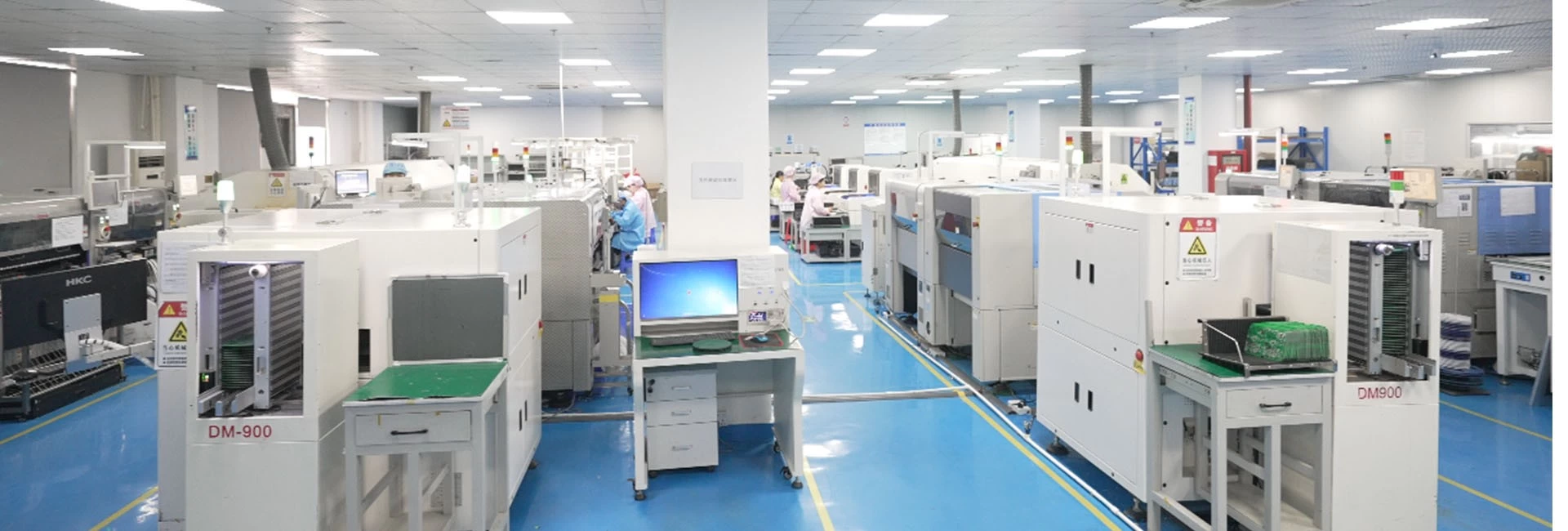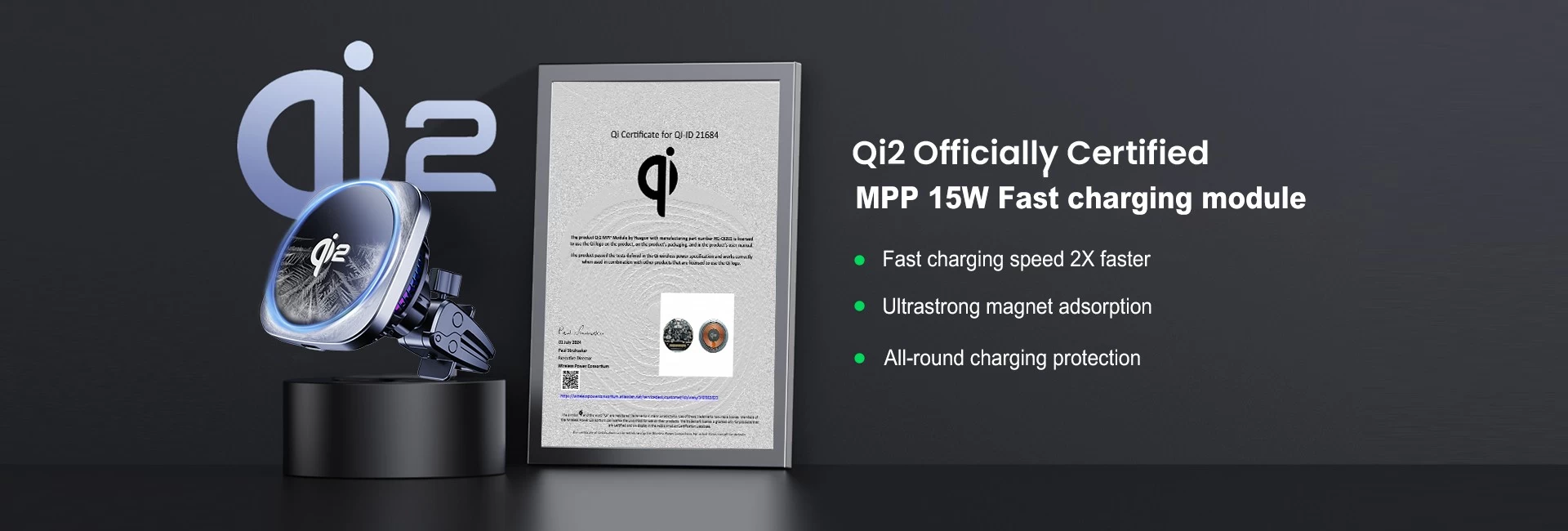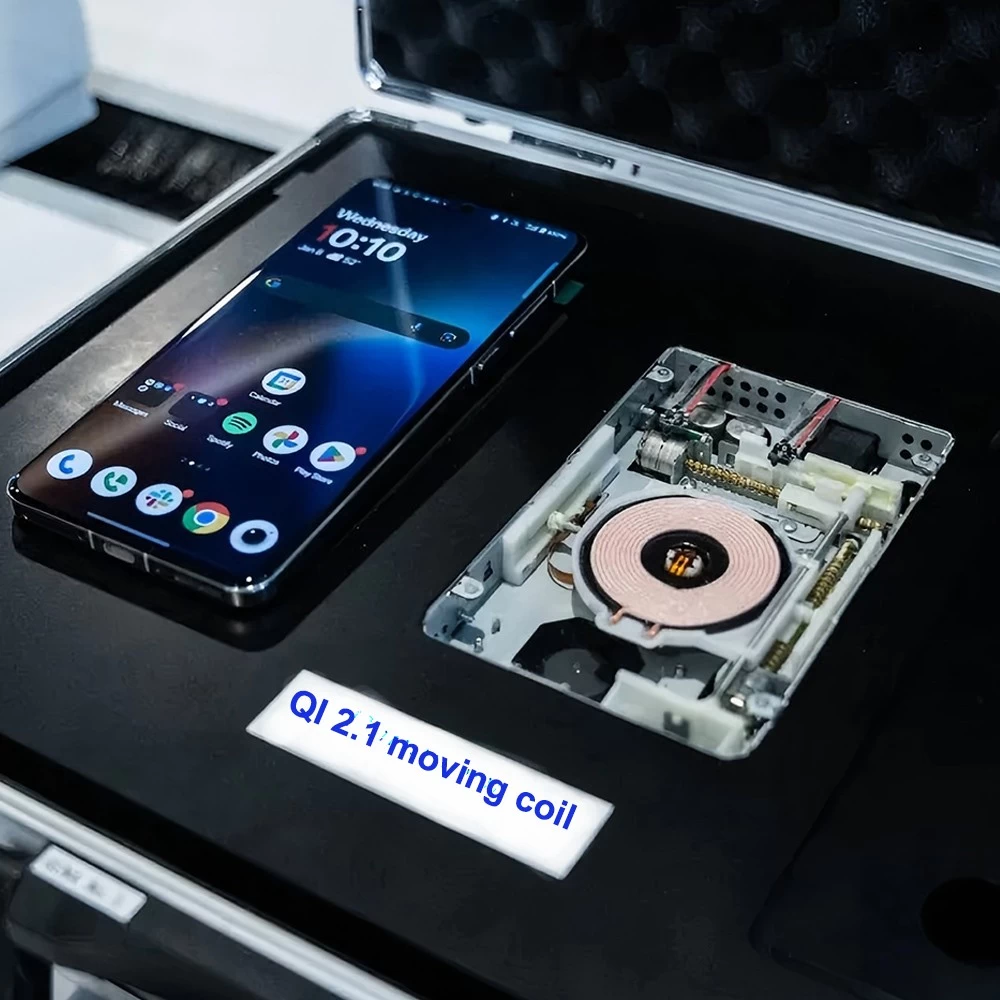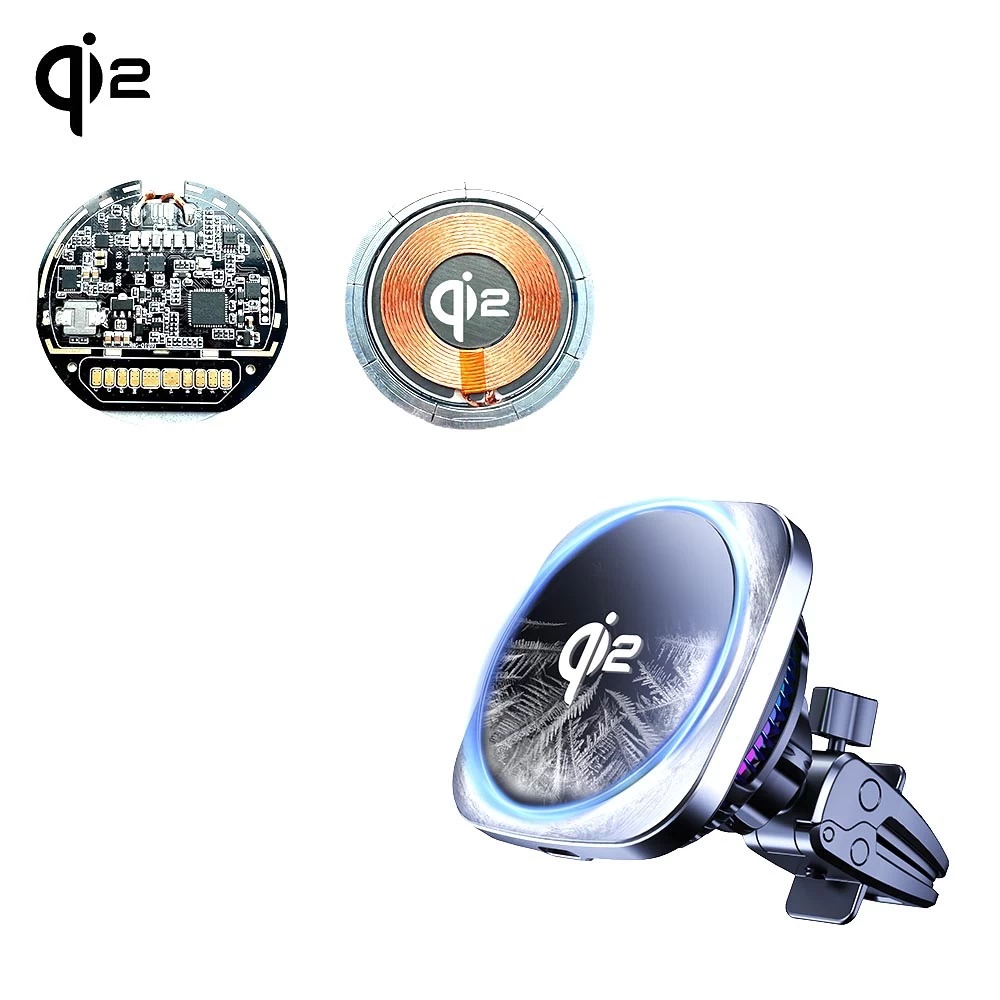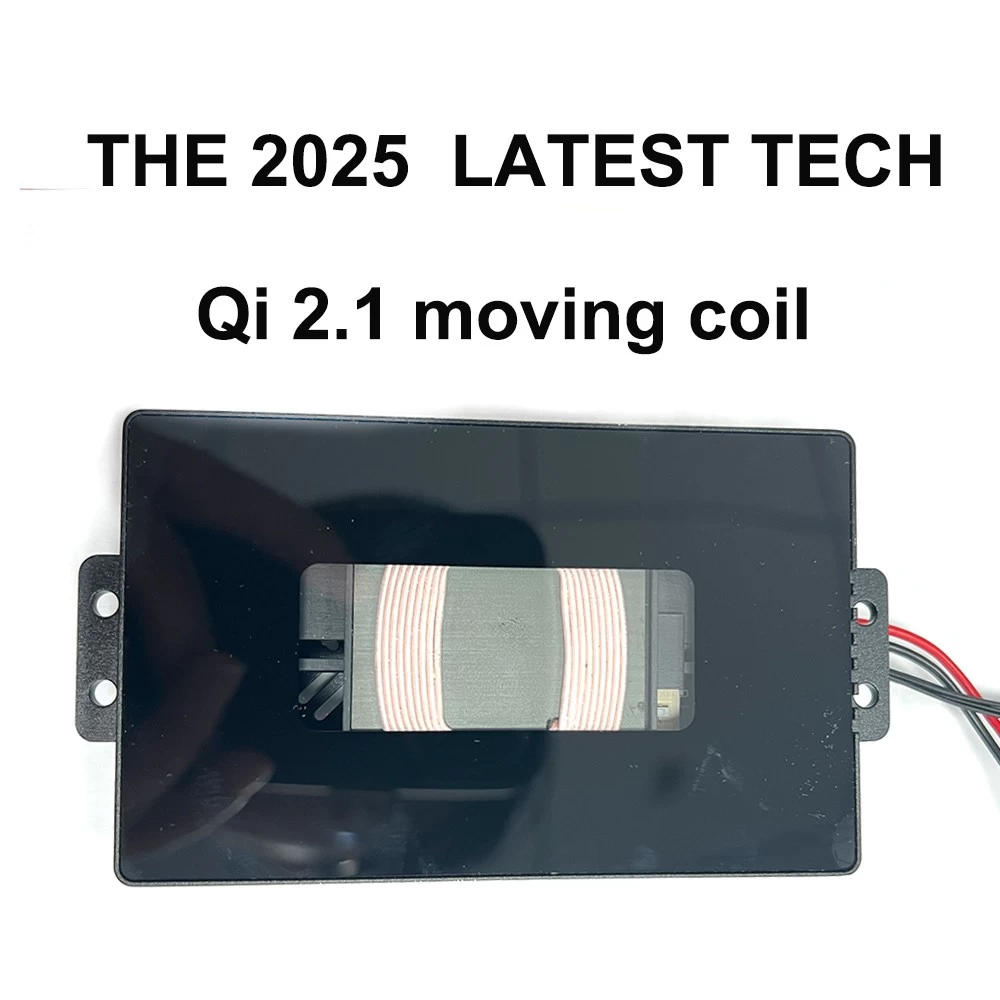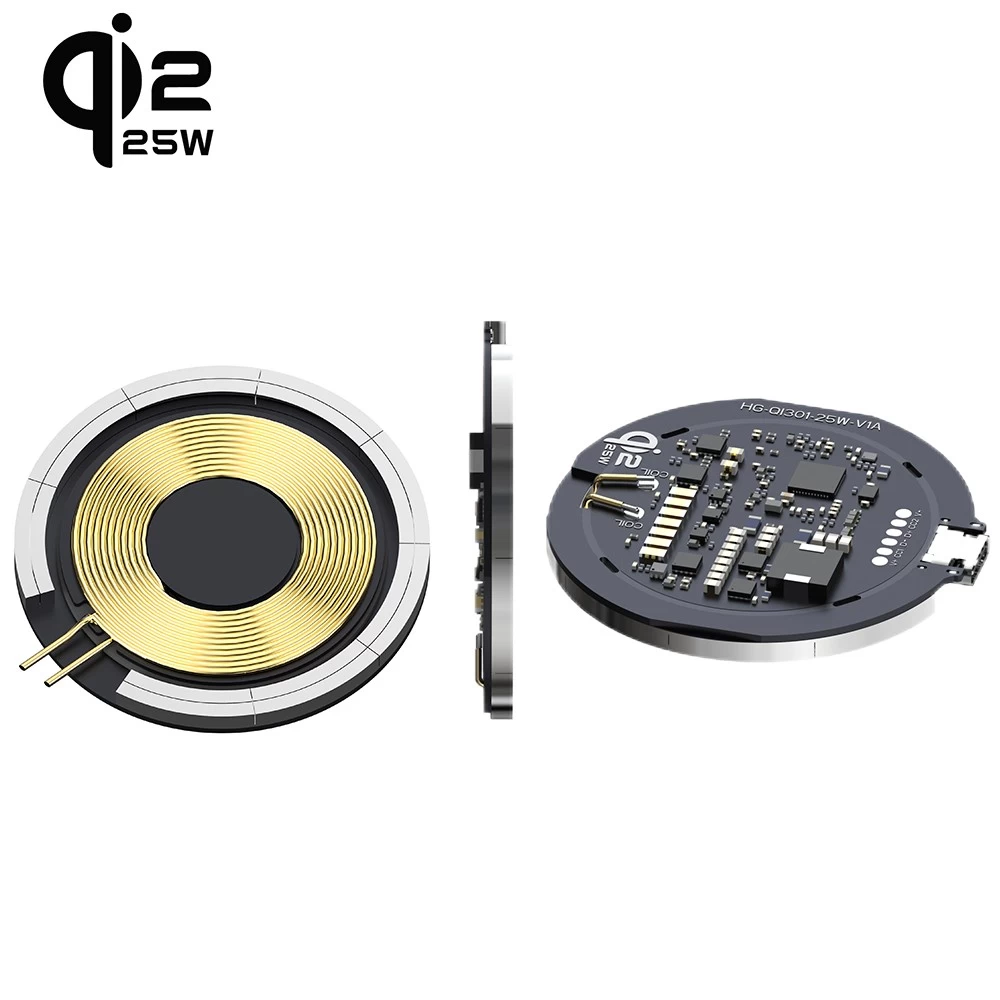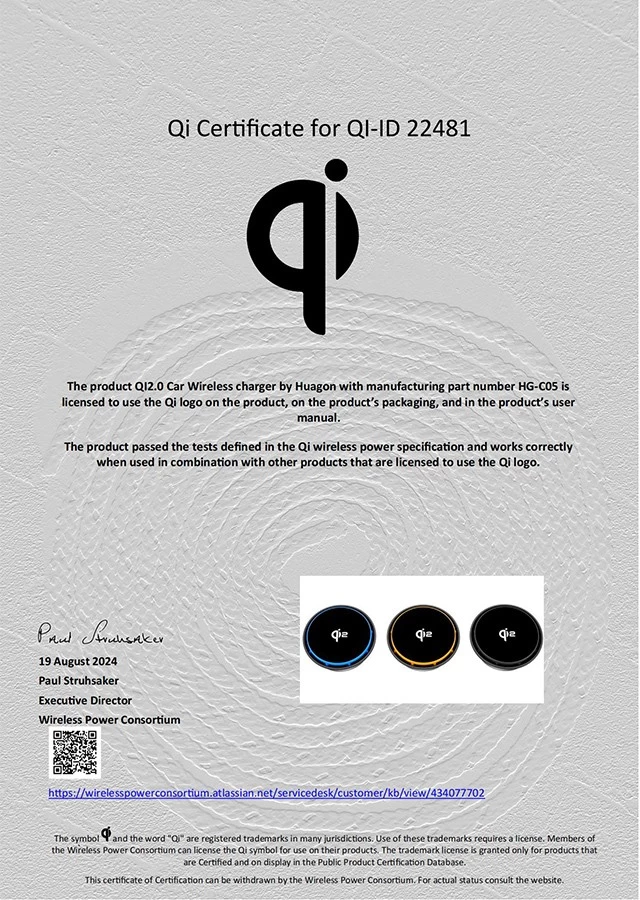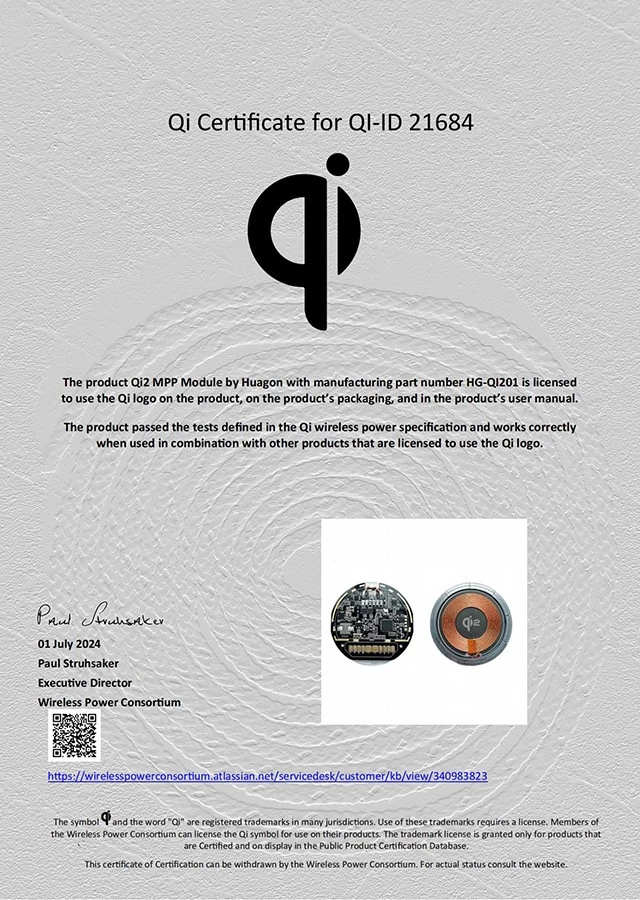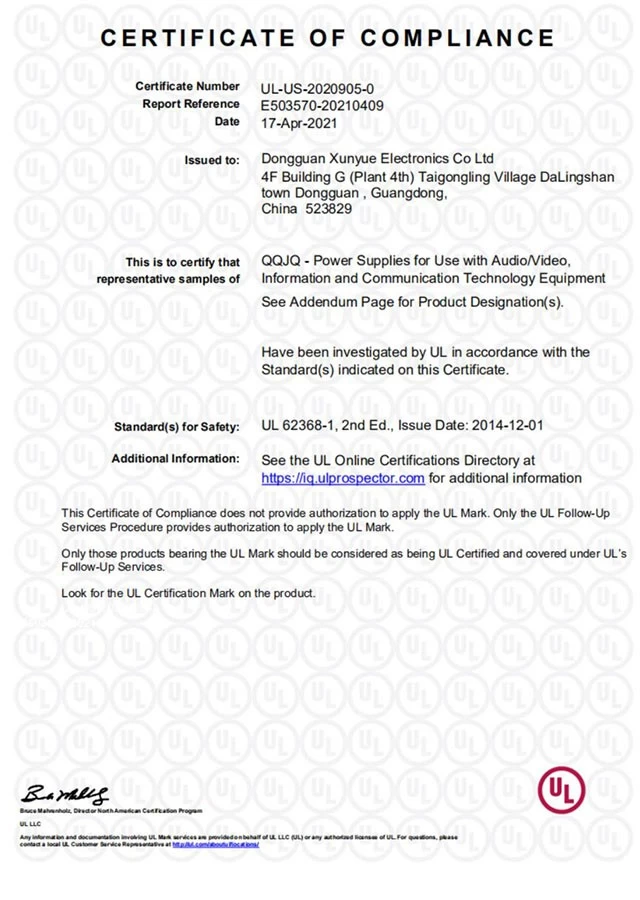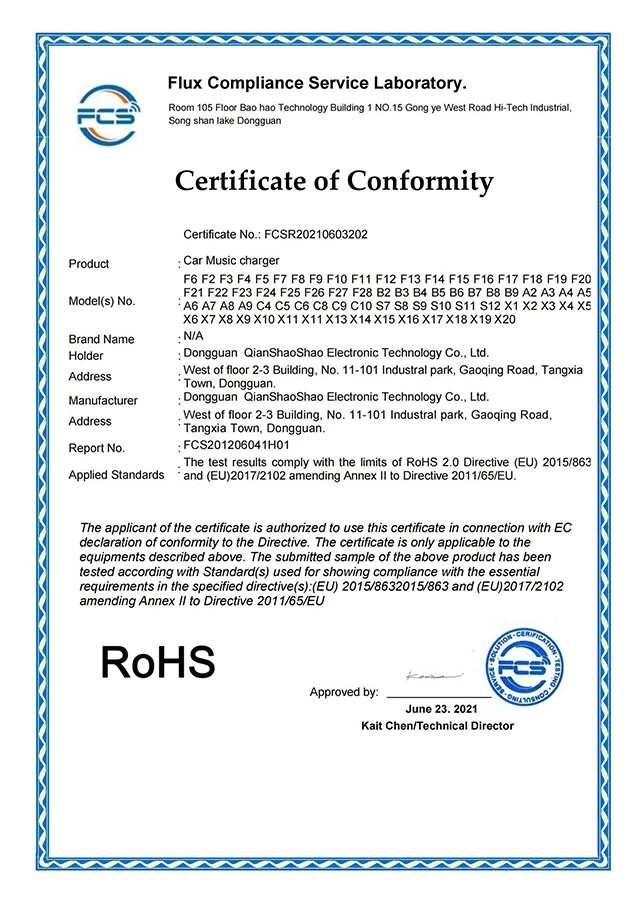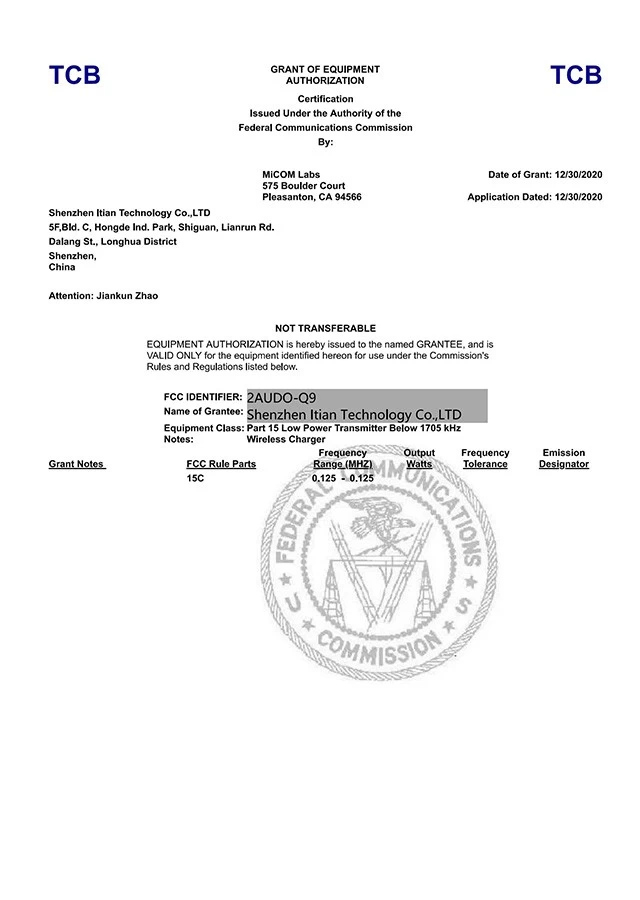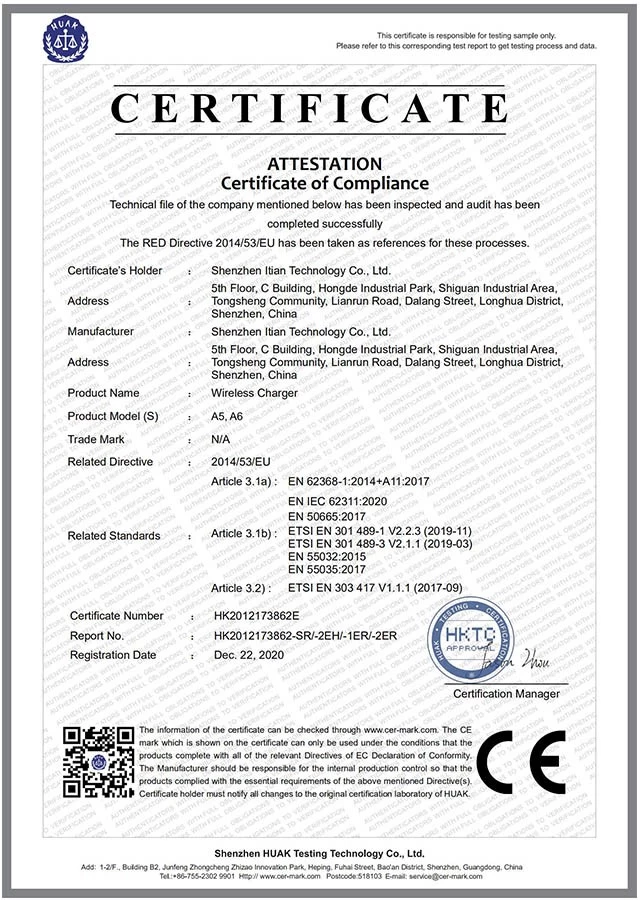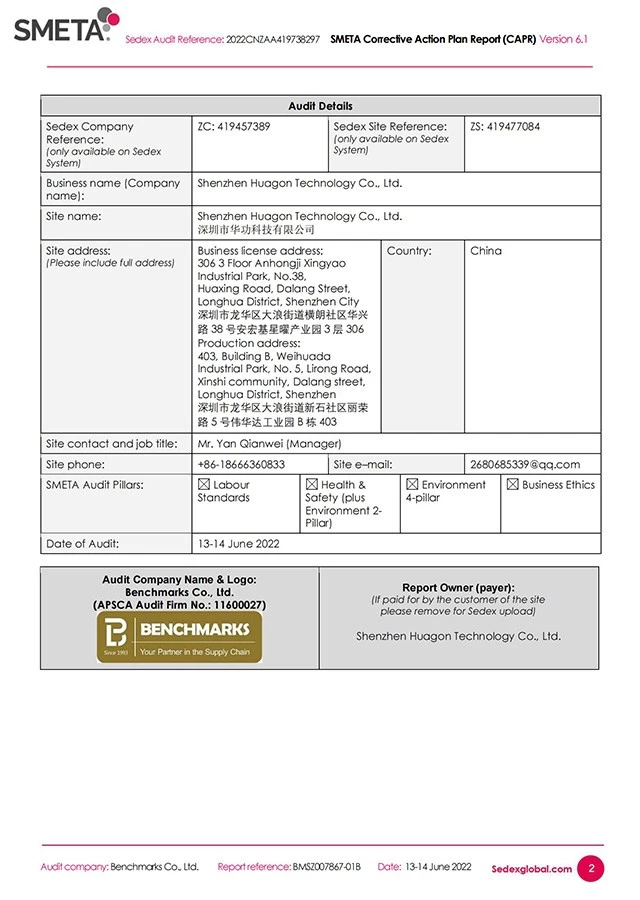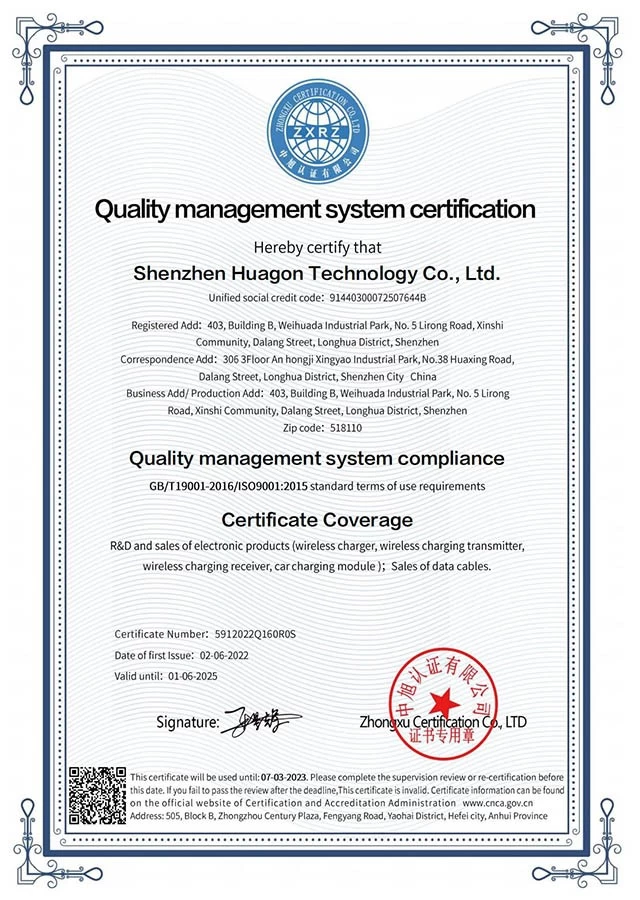what is the future of wireless charging?
Wireless charging has been a popular trend recently, so what is the future of it? Let's have some thinking.
The Future of Wireless Charging for Phones: Trends, Innovations, and Market Predictions
Click China 15W wireless car charger maker to know more.
Introduction
Wireless charging has evolved from a niche luxury to a mainstream feature in modern smartphones. With major players like Apple, Samsung, and Xiaomi integrating wireless charging into their flagship devices, the technology is poised for significant advancements. This article explores the current state of wireless charging, emerging trends, and future predictions based on market response and technological developments.
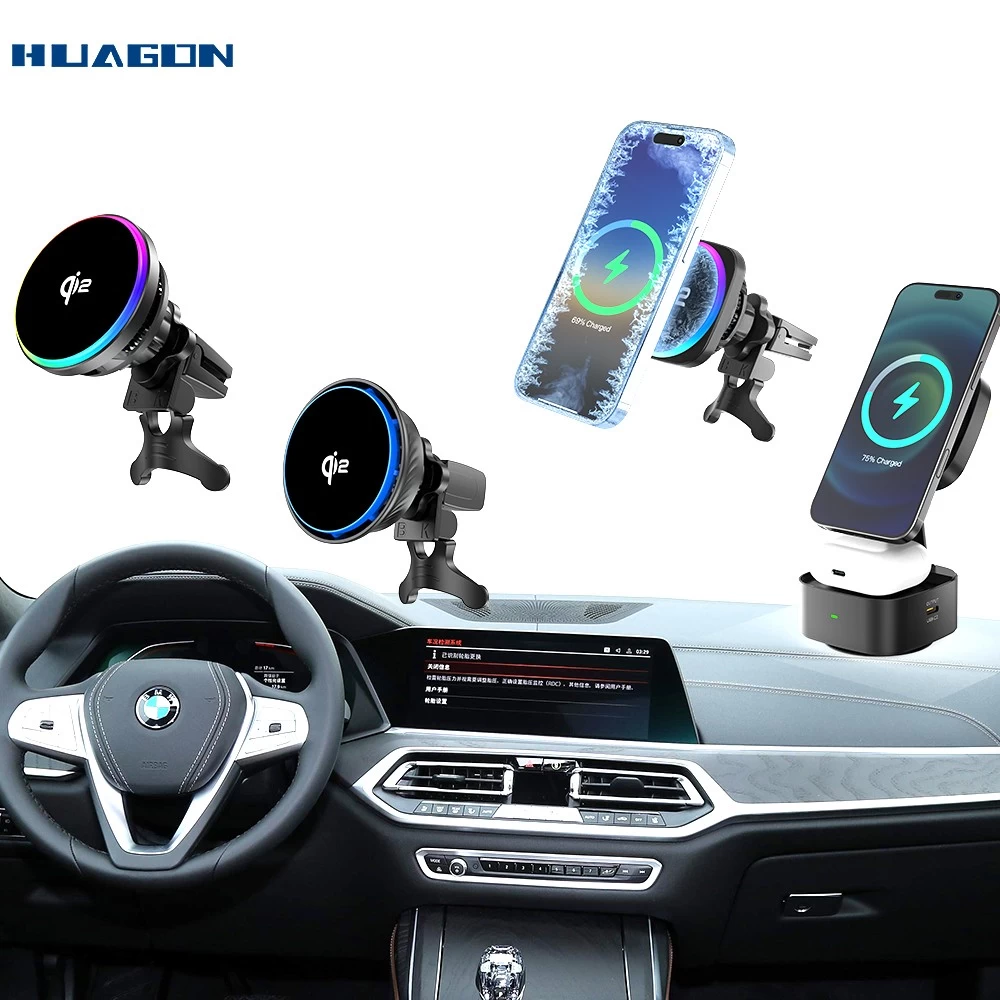
Shenzhen Huagon technology majors in wireless charging customization for more than 10 years, we are professional China wireless chargers suppliers and China wireless chargers manufactures. As China shenzhen wireless chargers wholesalers, we have designing team, SMT factory, and production factory, which makes us prominent wireless chargers manufactures.
Current State of Wireless Charging
click China MagSafe car charger 15W producer to know more.
Market Adoption
Smartphone Integration: Over 60% of flagship smartphones now support Qi wireless charging, with Apple’s MagSafe and Samsung’s Fast Wireless Charging 2.0 leading the market.
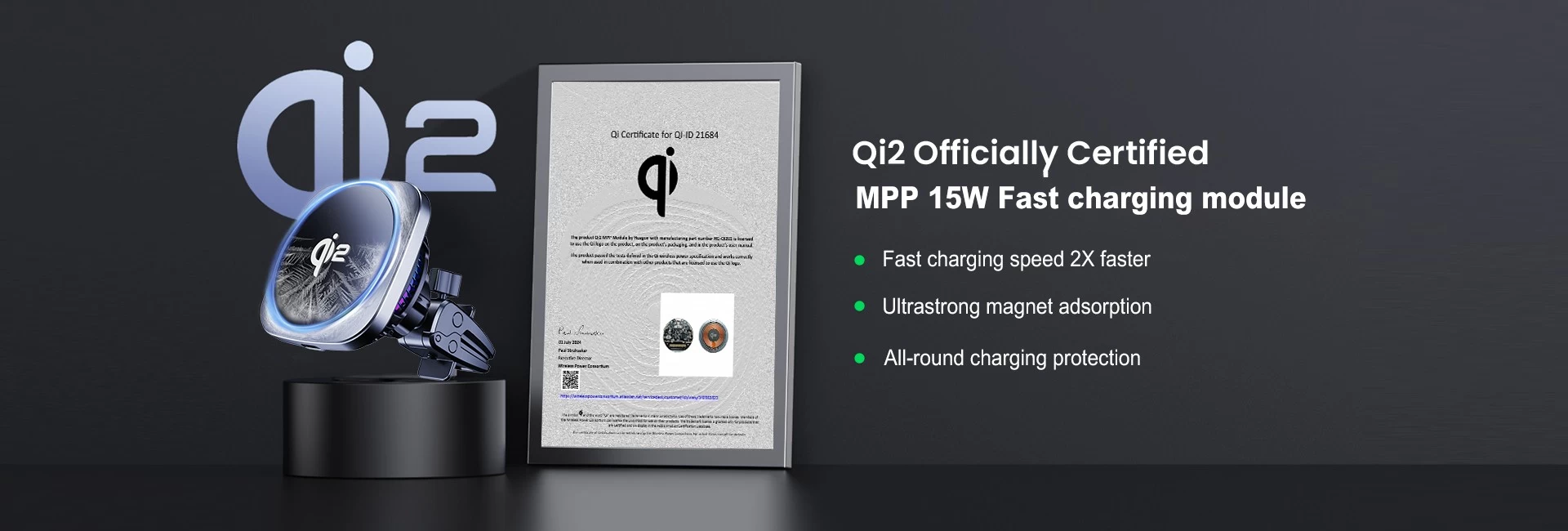
Public Infrastructure: Airports, cafes, and cars increasingly incorporate wireless charging pads, enhancing convenience.
Power Efficiency: Most wireless chargers deliver 7.5W to 15W, with some premium models (like Xiaomi’s 80W wireless charger) pushing boundaries.
Limitations
Slower than Wired Charging: Even the fastest wireless chargers (50W+) lag behind wired super-fast charging (120W+).
Heat Generation: Energy loss leads to heat, reducing efficiency and battery lifespan.
Alignment Issues: Misplacement on charging pads disrupts power transfer.
Emerging Trends Shaping the Future
1. Faster & More Efficient Charging
GaN (Gallium Nitride) Technology: Enables higher efficiency with less heat, paving the way for 100W+ wireless charging.
Multi-Coil Designs: Improves alignment flexibility, allowing charging even when the phone is slightly misaligned.
2. Long-Range & True Wireless Charging
RF (Radio Frequency) Charging: Companies like Energous and Ossia are developing true over-the-air charging, eliminating the need for pads.
Infrared & Laser Charging: Experimental tech from Xiaomi and Oppo suggests future phones may charge across rooms.
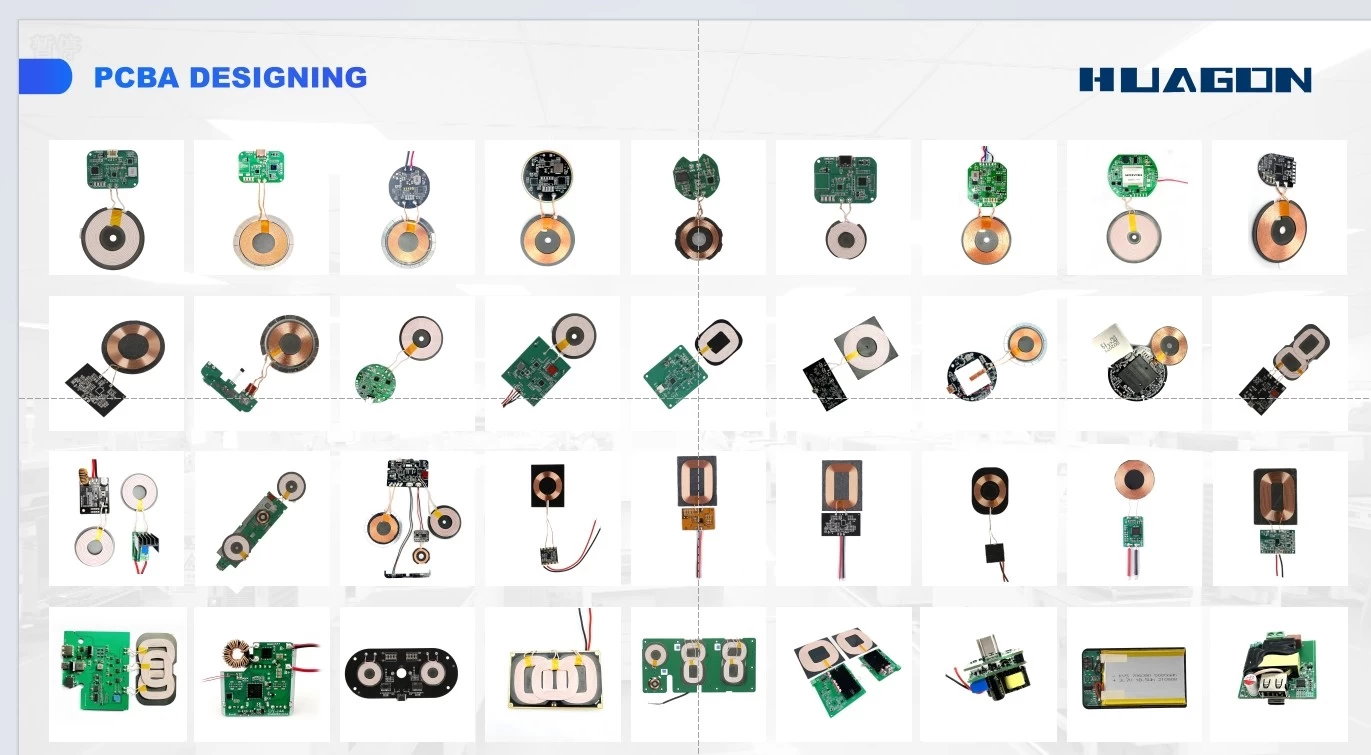
3. Universal Standardization
Qi2 (Magnetic Standard): The Wireless Power Consortium (WPC) introduced Qi2 with MagSafe-like magnets for better alignment and efficiency.
Cross-Brand Compatibility: Expect more collaboration between Apple, Samsung, and Android brands for seamless charging experiences.
4. Integration into Everyday Objects
Furniture with Built-in Chargers: IKEA and other brands already sell wireless charging desks and lamps.
Vehicle Integration: Next-gen cars from Tesla, BMW, and Mercedes will feature in-cabin wireless charging.
Market Predictions for 2025-2030
1. Dominance of Magnetic Wireless Charging
- Apple’s MagSafe ecosystem will expand, with Android brands adopting similar magnetic standards (Qi2).
- Expect "snap-and-charge" to become the norm, reducing alignment frustrations.
2. 100W+ Wireless Charging Becomes Standard
- By 2026, flagship phones will support ultra-fast wireless charging (100W+), closing the gap with wired speeds.
3. Over-the-Air Charging Goes Mainstream
- By 2030, RF-based charging could allow users to charge phones within a 3-meter radius without pads.
4. Decline of Wired Charging Ports
- Apple may remove the Lightning/USB-C port entirely, relying solely on MagSafe and future wireless solutions.
- Samsung and Google could follow, making wireless charging the primary method.
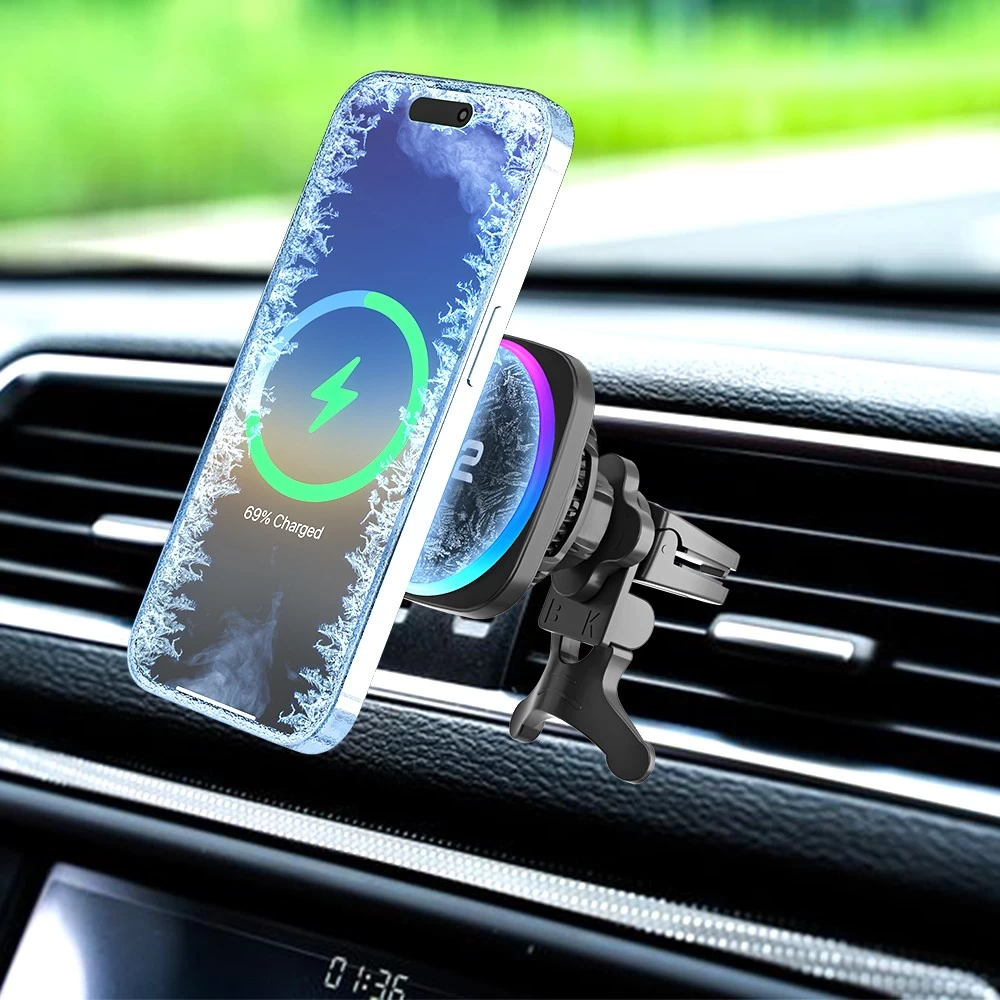
Conclusion
The future of wireless charging is bright, with advancements in speed, efficiency, and convenience set to revolutionize how we power our devices. As long-range and ultra-fast wireless charging technologies mature, the need for cables may soon become obsolete. With strong market adoption and continuous innovation, wireless charging will likely dominate the smartphone industry by the end of the decade.
Here is our final thought: In five years, plugging in your phone may seem as outdated as using a dial-up modem.

